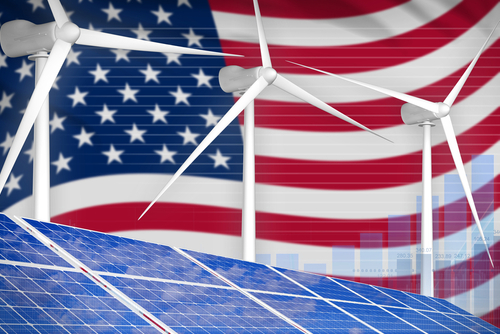On Aug. 16, President Joe Biden signed into law the Inflation Reduction Act of 2022 (IRA), a comprehensive package that includes nearly $370 billion in historic climate and energy investments.
“The Inflation Reduction Act invests $369 billion to take the most aggressive action ever—ever, ever, ever—in confronting the climate crisis,” said Biden.

U.S. Environmental Protection Agency Administrator Michael S. Regan called the IRA a “game-changer for the American People.”
When the legislation passed, U.S. Energy Secretary Jennifer M. Granholm declared, “The future is bright—and it will be clean.”
Various environmental and clean energy groups have also hailed the legislation, including the U.S. Green Building Council (USGBC).
Peter Templeton, Interim President and CEO of the USGBC, recently stated the IRA was slated to implement the “most critical and consequential climate policies we have ever seen, and it would do so while reducing energy costs for American families and businesses and shoring up our energy security with a more diversified and reliable energy sector.”
“At USGBC, we are committed to transforming how our buildings are designed, constructed, and operated,” added Templeton. “Green buildings and homes are essential to meeting our climate goals and reducing the financial burden on hardworking Americans. This bill includes billions of dollars in investments in tax incentives for home and building owners, public building upgrades, green building improvements to affordable housing, and low embodied carbon construction materials.”
The new law is expected to help spur domestic clean energy production and manufacturing and reduce carbon emissions by roughly 40% by 2030.
Broad provisions of the IRA include the following, according to the Washington Post:
- $260 billion in clean energy tax credits
- $80 billion in new rebates for electric vehicles, green energy at home, and more
- $1.5 billion in rewards for cutting methane emissions
- $27 billion “green bank” to leverage public and private funds to invest in clean energy technology and infrastructure
- $20 billion for agriculture subsidies to help farmers reduce emissions
- $6 billion to reduce emissions in chemical, steel, and cement plants
- $3 billion to reduce air pollution at ports
For a detailed breakdown of climate and clean energy provisions in the IRA, check out an analysis from environmental advocacy group Sierra Club here.
